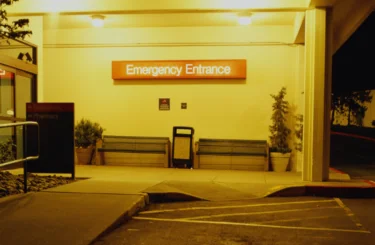Why Leaving the Hospital Might Be Most Dangerous Part of Your Care
You would think that being discharged from the hospital should be a cause for celebration – a sign you’ve been given the all clear and the time to worry is long over.
Better think again.
It turns out that the most dangerous part of a hospital stay is likely when a patient is discharged. Consider these alarming statistics:
- According to the New England Journal of Medicine, 20% of Medicare patients are readmitted 30 days after being discharged. A full one-third are back in the hospital within 90 days.
- In another study, researchers found 20 percent of patients have a complication within three weeks of a hospital discharge. Stunningly, half of those complications were preventable.
- Readmitted patients cost Medicare alone $26 billion each year, with $17 billion of that spent on issues that should have been addressed before the patient was discharged the first time.
In other words, being discharged from the hospital is likely not the end of your pain and suffering – it could just be the beginning of something else.
Why is this the case? The typical hospital discharge process likely bears much of the blame. Unlike admission, discharge can be a disorganized affair, rushed by staffers who need a bed and patients eager to get home. Fully 40 percent of patients, in fact, are sent home with lab tests still pending – 10 percent of which reveal a problem – but the hospital doctor is often not notified. There are also often gaps in communication between a patient’s hospital physician and primary care doctor. This leads to nearly one-third of discharged patients not receiving important post-hospitalization tests and other workups.
It is clear our hospitals have a problem when it comes to discharging patients safely. They are not taking the necessary steps to ensure patients remain healthy and free of complications once they are wheeled out the front doors. What’s worse is that many of these readmissions are entirely preventable. The resulting pain and suffering is not just unfortunate, it is completely unnecessary.
Lisa Esser-Weidenfeller
Lisa Esser-Weidenfeller represents injury victims in personal injury and medical malpractice claims. She also represents individuals in cases against those who have committed horrific acts of sexual assault.





